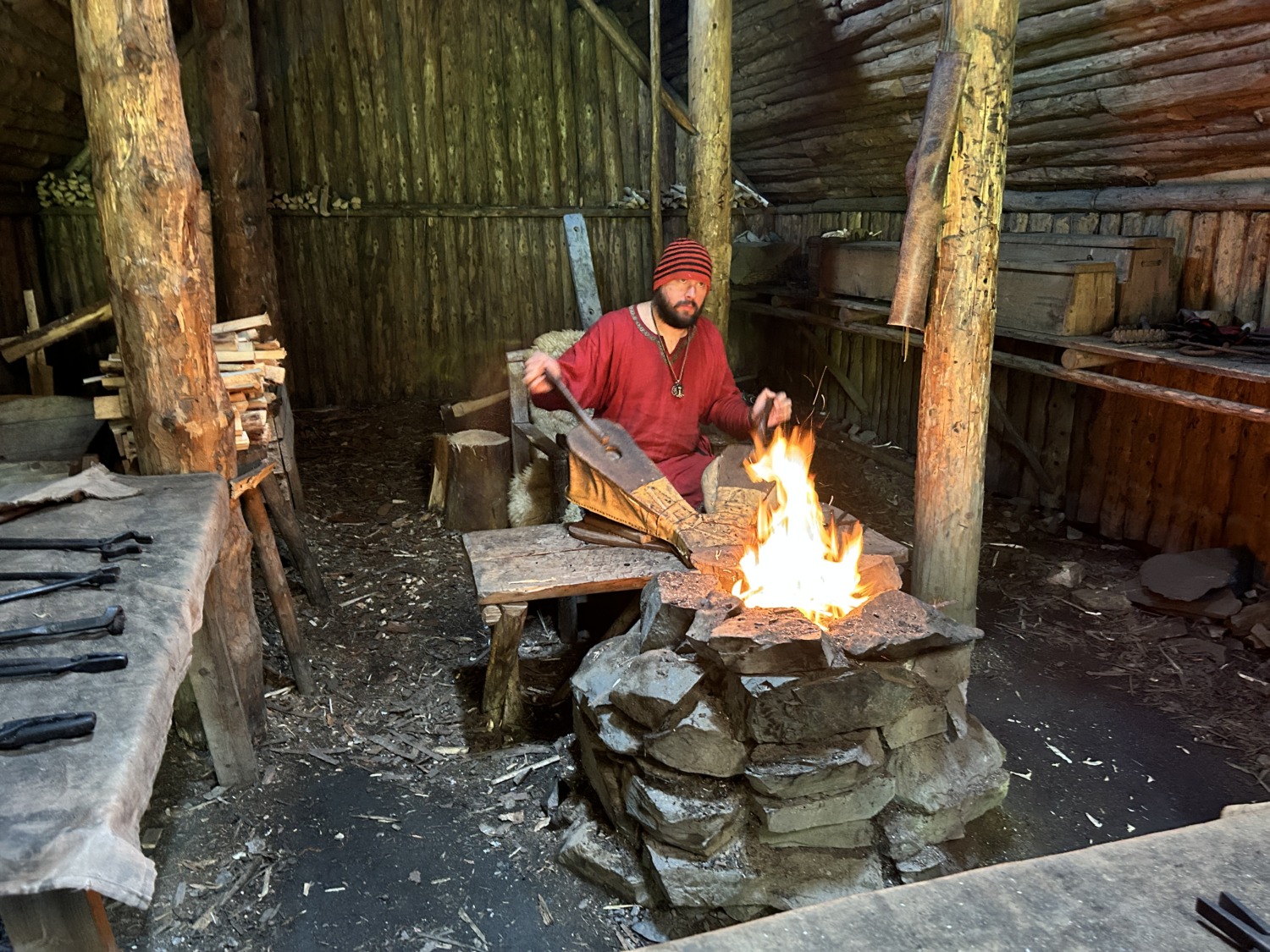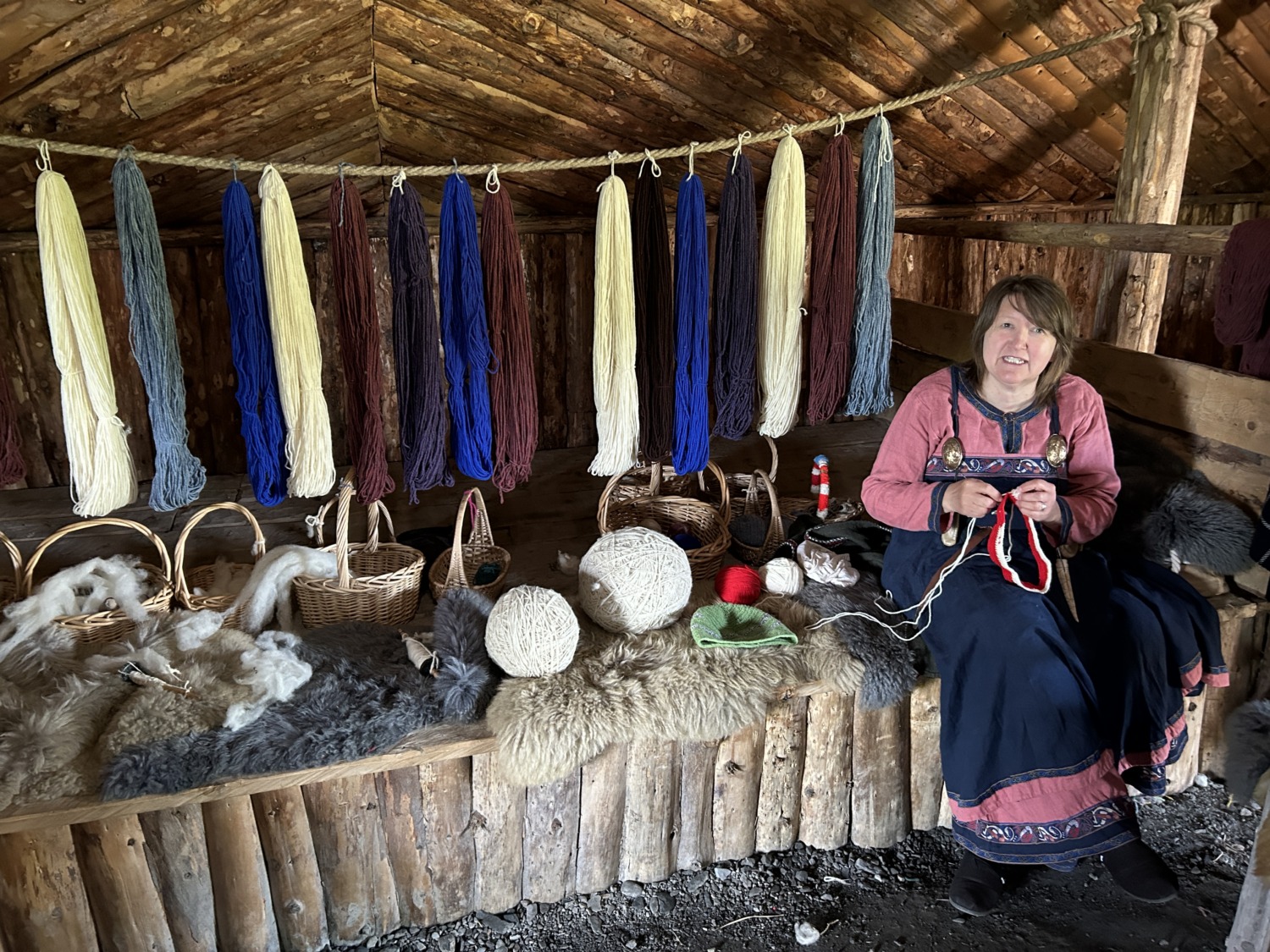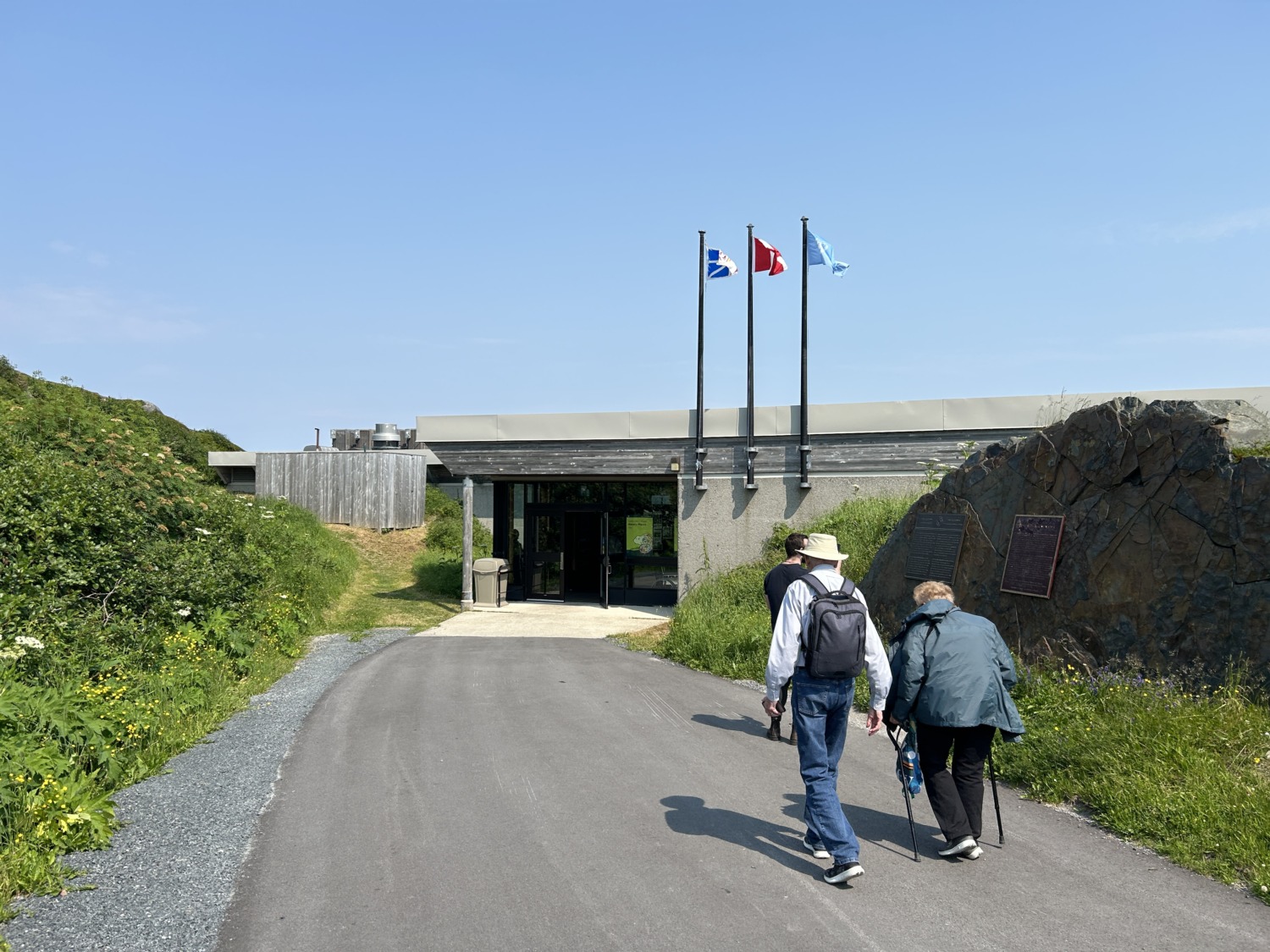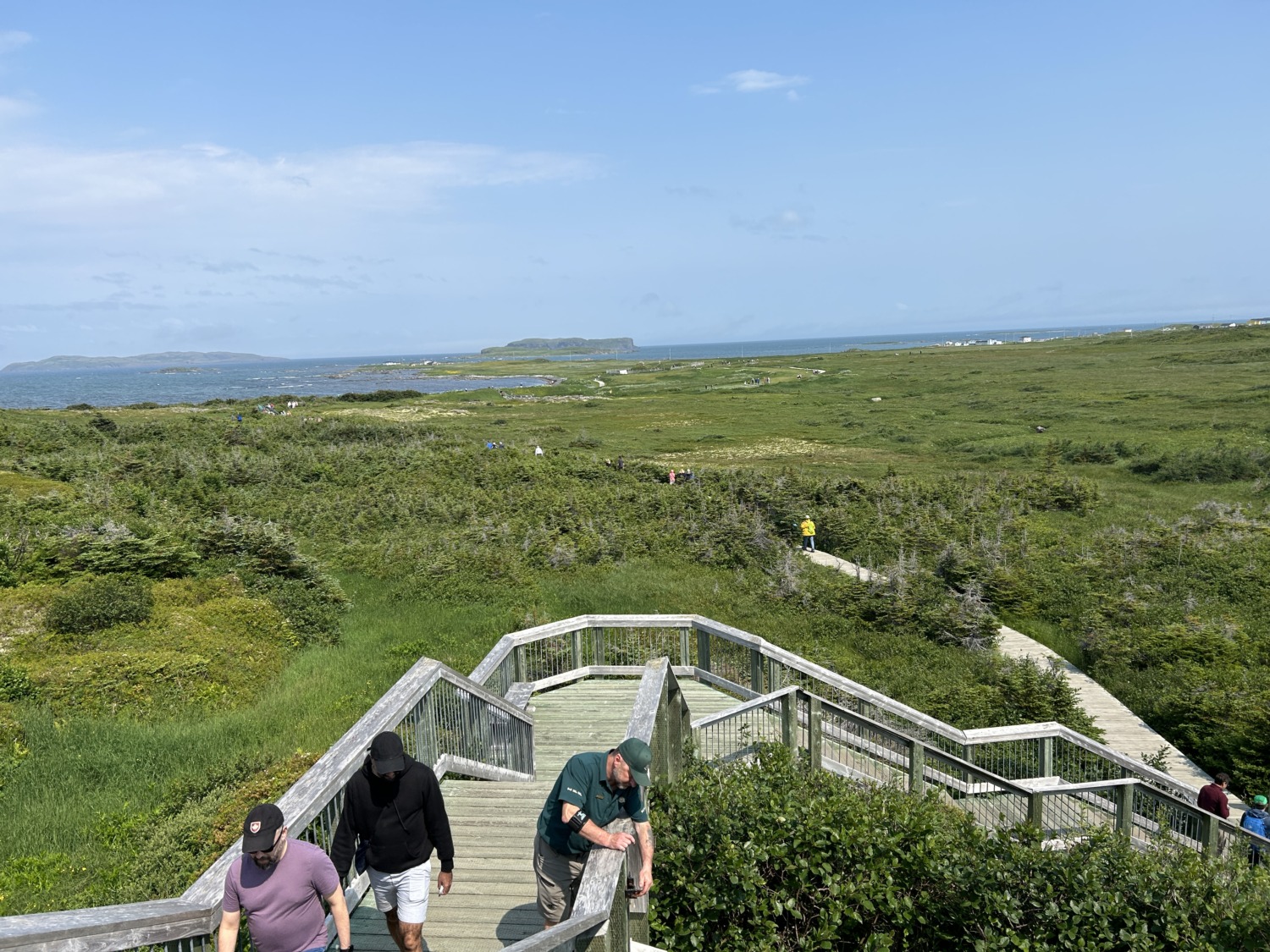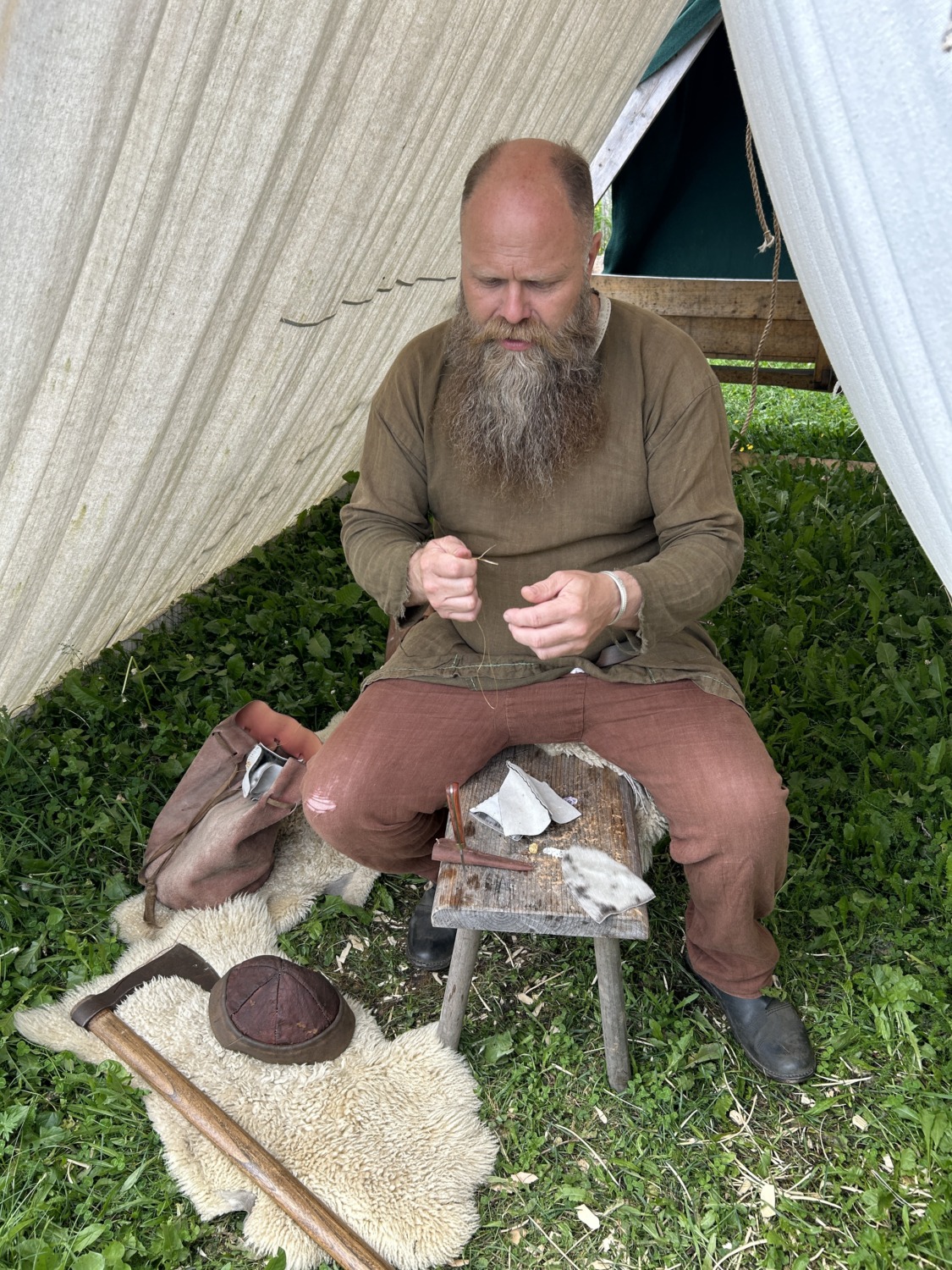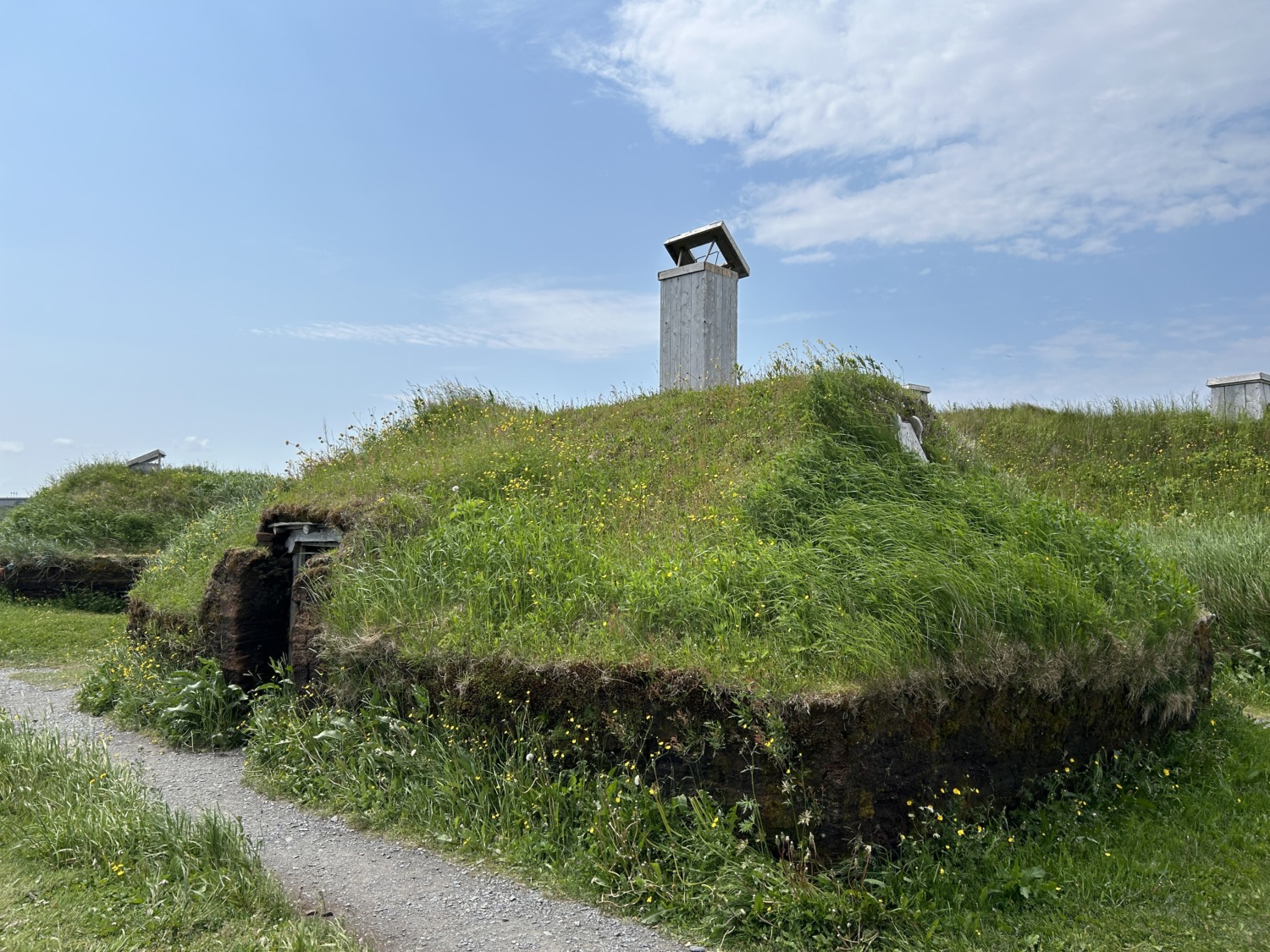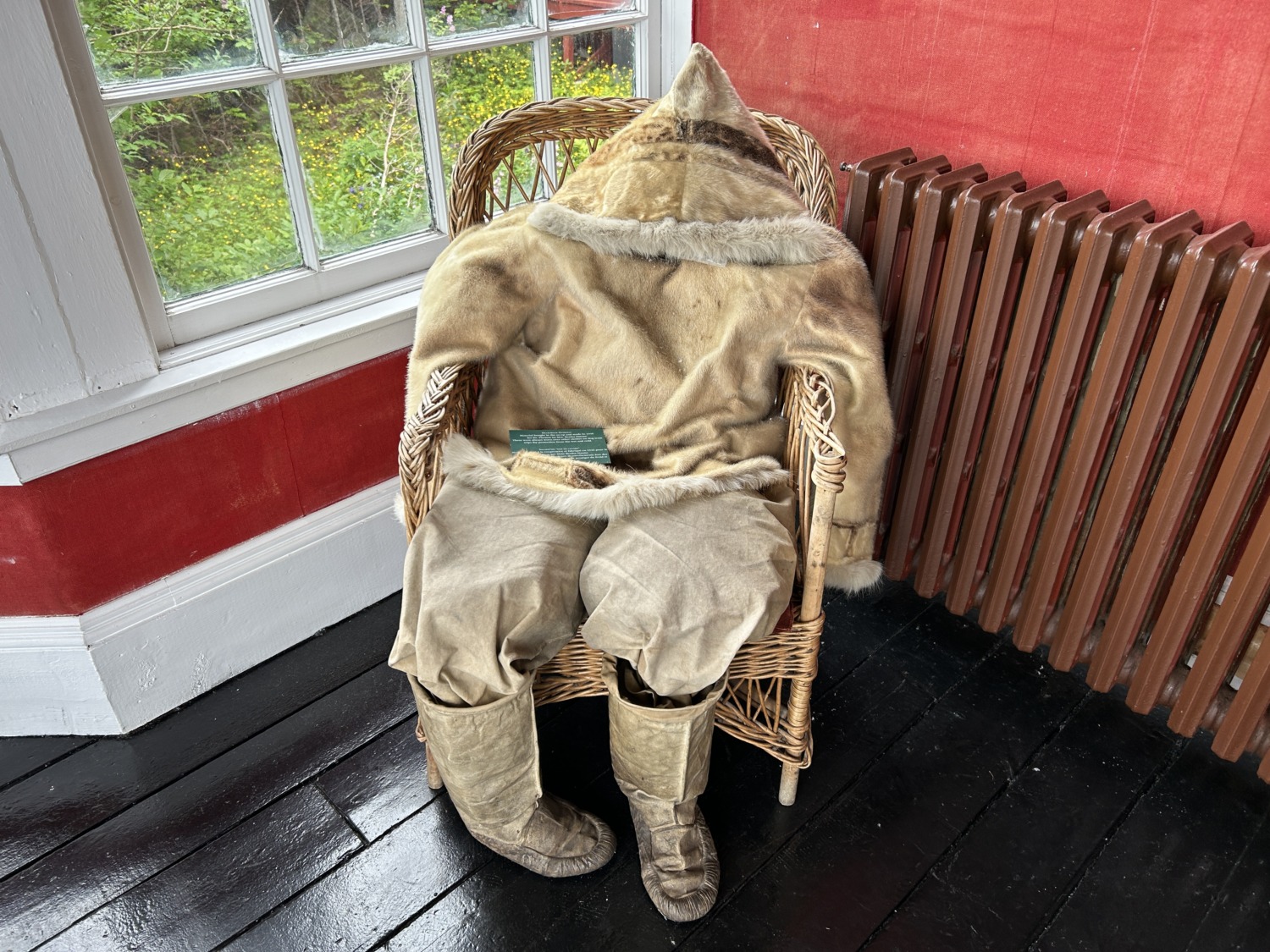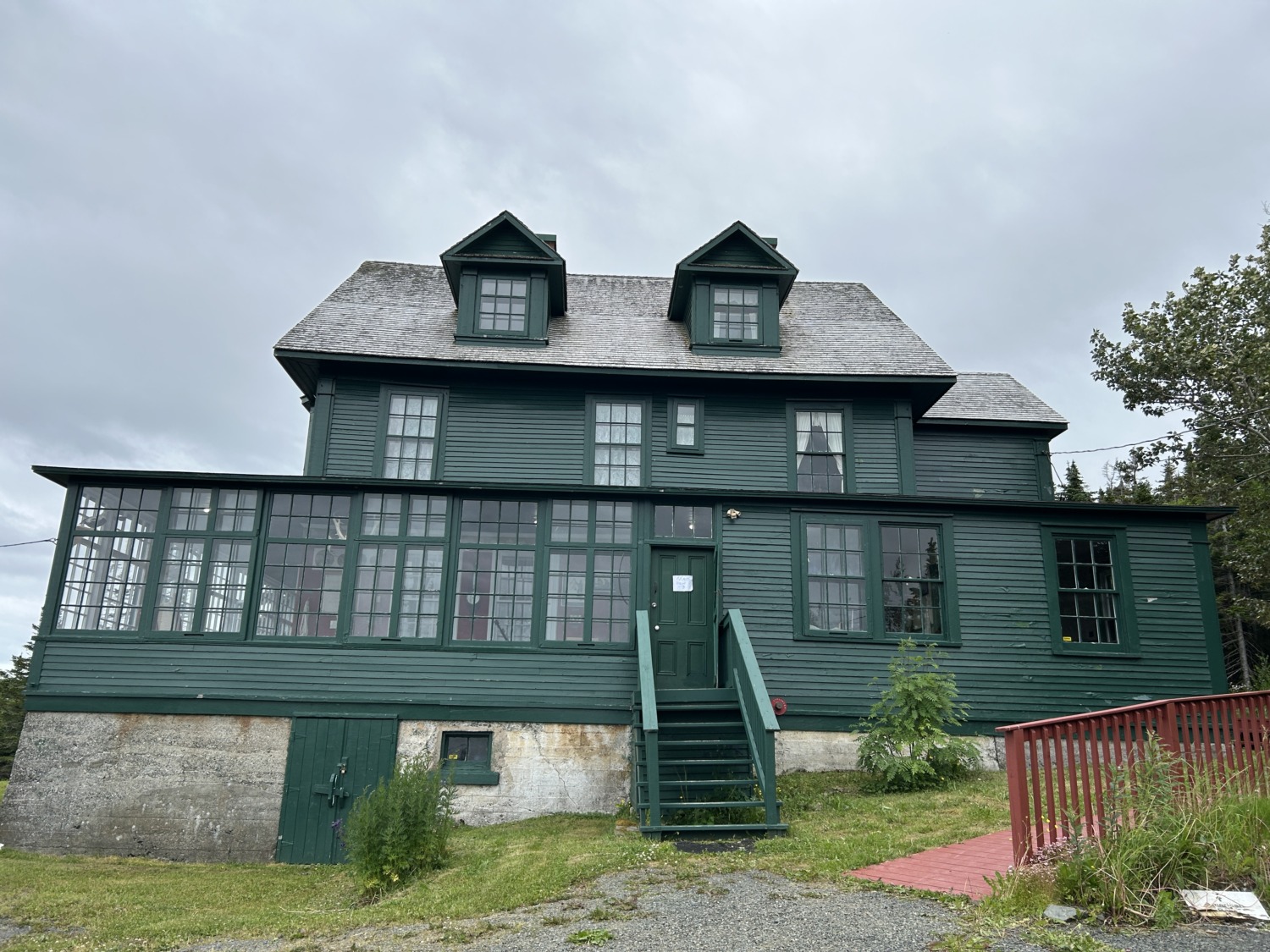Three and a half months after we left, we returned to North America via St Anthony, Newfoundland and Labrador. Technically, Greenland is in North America, but they are part of Denmark, so they identify as European. St Anthony is in Canada and it felt good to be back in a place that felt like North America.
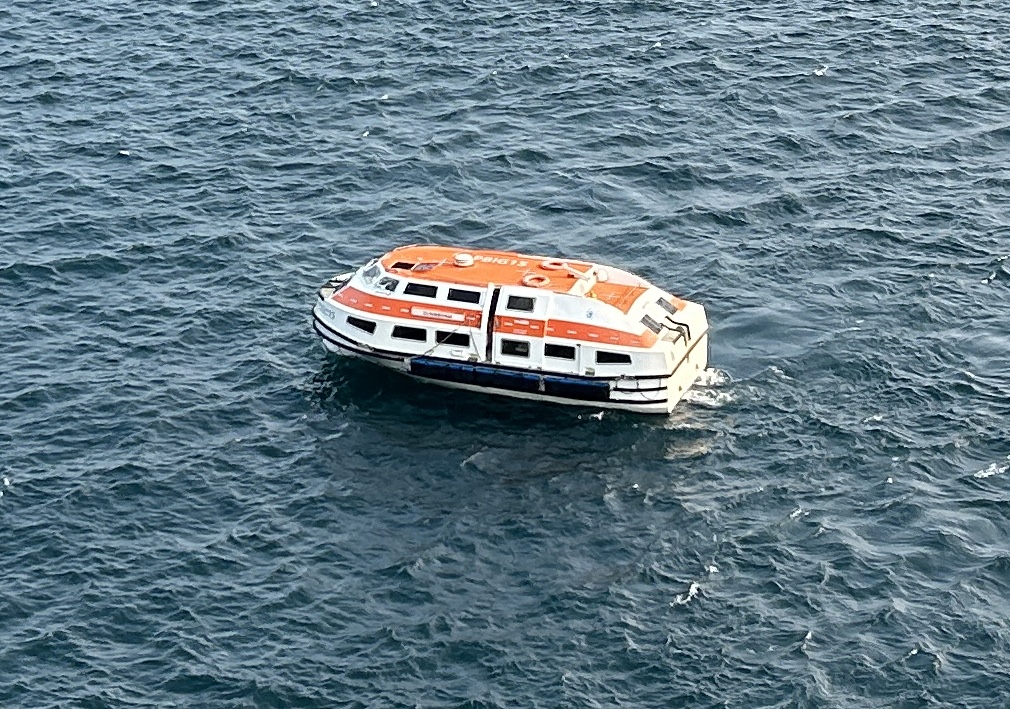
St Anthony is a town of 2,300 residents on the northern edge of the island of Newfoundland. The Province of Newfoundland and Labrador is made of up this island and a piece of land attached to Quebec. The town is along Iceberg Alley, so they get lots of ice in the spring. When our cruise ship pulled into town, we doubled the size of the population. But the residents of St Anthony were ready for us. They eagerly welcome cruise ships although they only get 10 to 13 a year, all in the summer and early fall.
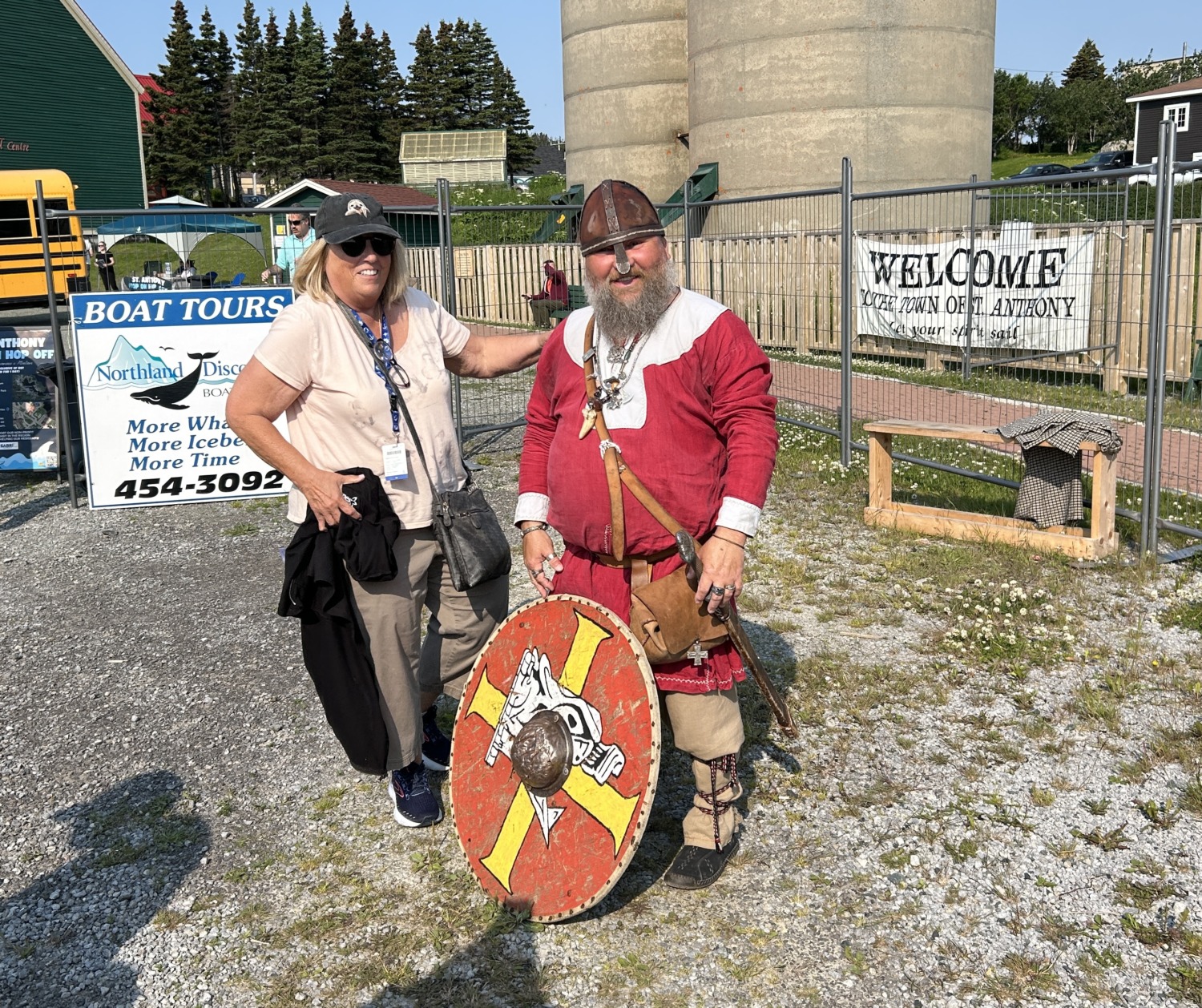
Our ship stayed outside the harbor and we rode tender boats in to the small dock. We were greeted by people dressed as Vikings and by other volunteers who were happy to answer our questions. There is only one street through town and everything is laid out along it, with a few short offshoots.
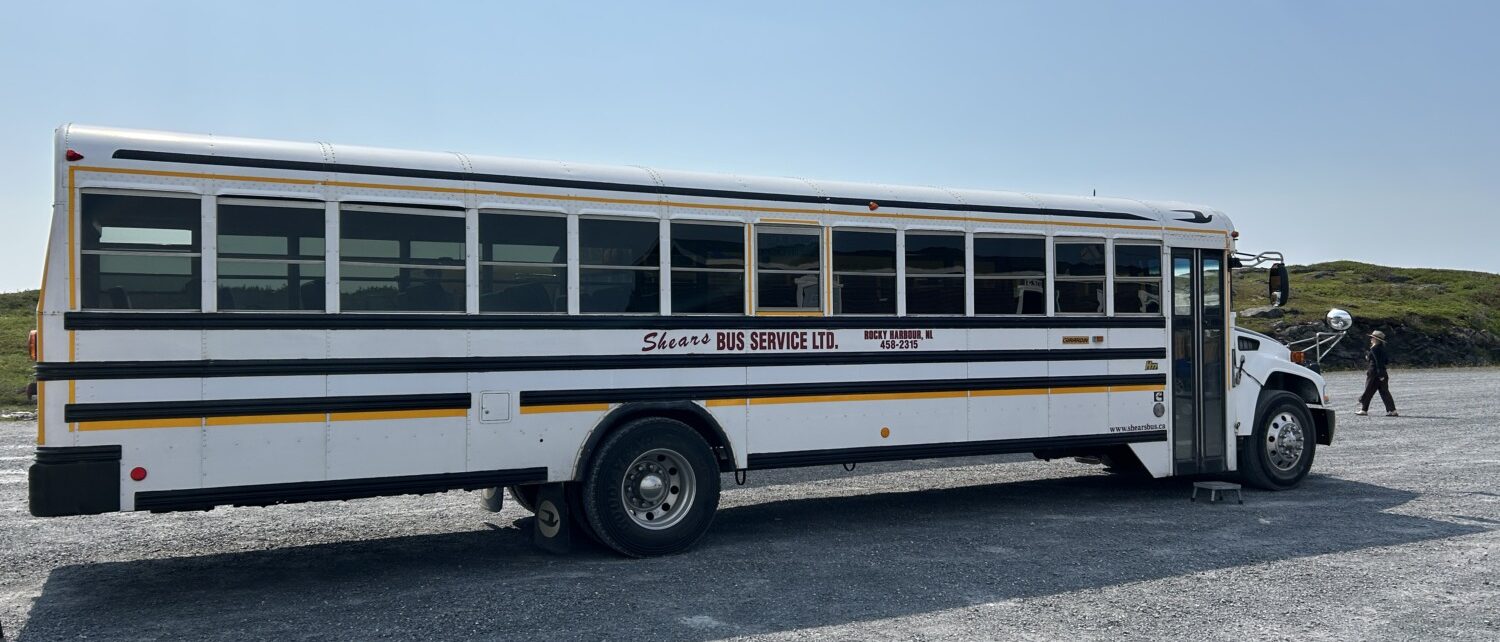
Tom and I took a shore excursion to L’Anse aux Meadows, the only known Viking settlement in North America. We know that Vikings went other places in North America, but they have found the remnants of the settlement at L’Anse aux Meadows. Innovative St Anthony had all their school buses lined up, ready to take the cruise passengers on their shore excursions.
Our guide, Vickie, was a nurse who leads shore excursions on the 10 or so days a year that a cruise ship is in town. Although she knew a lot about the peninsula, she wasn’t real clear on historical dates. She thought the French and Indian War was sometime in the 1840’s. Of course, everyone knows it was in the 1750’s. But she knew all of the history of the little towns we passed through on the way, and probably the names of most of the people in the little towns.
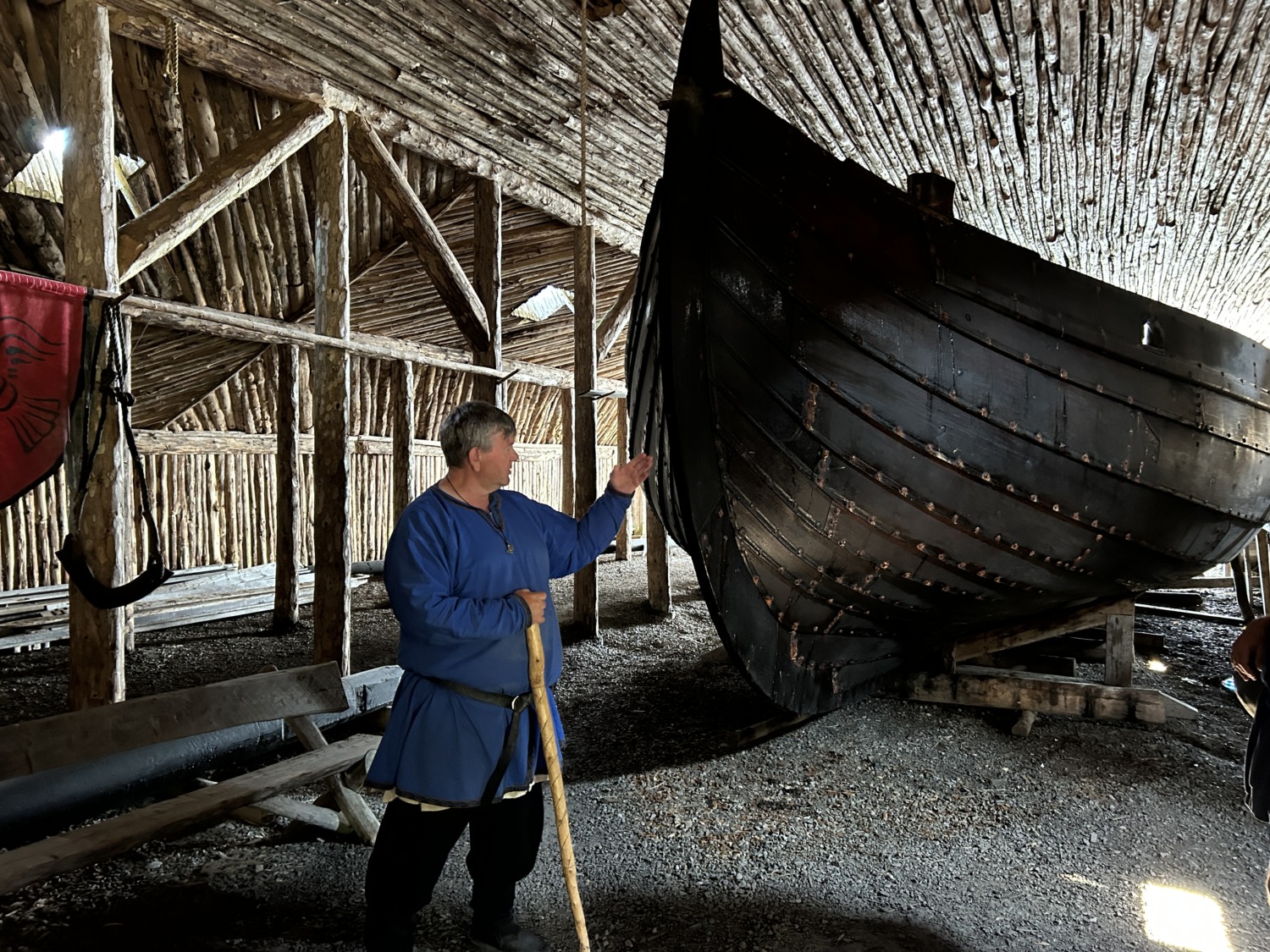
We rode a jostling 45 minutes on the school bus to our first stop, Norstead. This is a privately run reconstruction of a Viking village. The centerpiece is a Viking ship called the Snorri, which they used to sail to Greenland and then housed in a special boathouse in Norstead. Each of the buildings had at least one living history interpreter. The boat guy was great and told us all about how the Snorri was built and what it could hold.
The next building had a blacksmith who wouldn’t talk to us, no matter how much we tried. I’m pretty sure he understood English, he just didn’t want to do any interpreting. He pumped the bag bellows and ignored the tourists. In the longhouse there were four women who were much better interpreters. One was spinning and one was doing nålebinding, an early form of knitting. A third was using a weighted loom for weaving. The fourth woman was being a trader. She showed us some of the goods that the Vikings brought to North America and what they were interested in trading for.
There was a small church and a chicken coop with several chickens. Although it was interesting, Tom and I breezed through the houses and took a little time to walk on the Iceberg Trail. We didn’t see any icebergs – they have moved on from the area by July – but it was a very pretty trail along the rugged coastline.
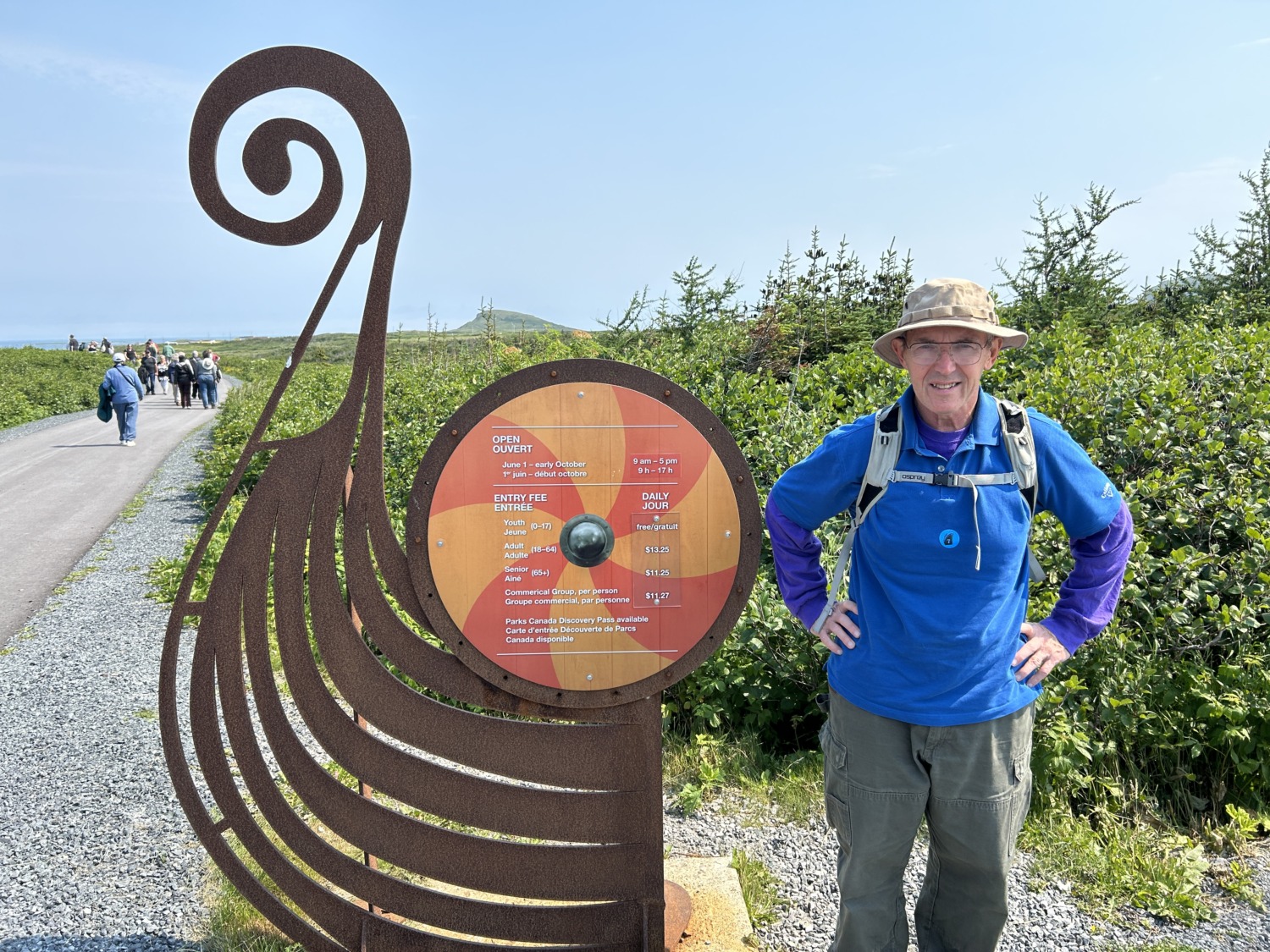
It was soon time to climb back on the bus for the mile drive to L’Anse aux Meadows. L’Anse aux Meadows is a Canadian National Historic Site and a UNESCO World Heritage Site. The site contains the excavated remains of a complete 11th-century Viking settlement, the earliest evidence of Europeans in North America. Excavated in the 1960’s, the settlement is associated with Erik the Red and Leif Erikson. It was only occupied for about 10 years, when the Vikings moved on to other areas.
We started at the Visitors Center and watched an excellent movie on the settlement. We saw some of the artifacts that had been excavated. Then we walked outside down a stairway and on a boardwalk through a peat bog until we got to the settlement site. The foundations are covered up, but they had signs that let you know where buildings were. You could see the outlines of the foundations in the grass and rangers were explaining what happened in the buildings.
We continued our walk to the reconstructed Viking settlement just outside the area of the excavations. There we met several living history interpreters who told about Viking life in the settlement. One was using a spring pole lathe. Another was sewing sealskin with sinew and a needle made by the blacksmith. The blacksmith was using a drawknife to make a new support pole for one of the buildings. We saw his shop and smelled that he had been working but he was going to lunch.
The interpreters at both sites were very interesting and knew their stuff, but we wondered why there were two reconstructed Viking settlements within a mile of each other. We though it might be better if they combined forces at L’Anse aux Meadows, but maybe it would have been less profitable.
After enjoying both historic sites, we climbed back on the school bus for the 45 minute ride back to St Anthony. Tom and I headed to the grocery store, along with most of the people on the bus, to pick up a little lunch. We got a sandwich, some cookies, and stuff to drink and headed out to the little town park to enjoy our lunch.
The biggest deal in St Anthony is Dr. Wilfred Grenfell. Dr. Grenfell was a London-trained medical doctor who came as a missionary and physician to northern Newfoundland in 1892. At the time there were no doctors or nurses in the area. There was a lot of poverty and sickness among the fisherman and the native people. Dr. Grenfell established cottage hospitals along the northern coast. He devoted his life to the people of northern Newfoundland and helped them establish industries, schools, and churches that greatly improved their lives. He wrote books, and the profit from the books went into the mission. Later in life, he devoted most of his time to fund-raising while other doctors ran the hospitals.
The people of St Anthony still speak very highly of Dr. Grenfell. There is a museum devoted to his life and an arts and craft store that was started by the mission. His house is preserved just as he left it when he died in 1940. Dr. Grenfell said, when he came to Newfoundland, “I wanted to live as Christ would have lived, had he been a doctor.” His life is a beautiful example of that desire and reminds me of my father, who has lived with the same kind of motto.
I was more interested in learning about Dr. Grenfell than Tom, so I paid the admission and went through the museum. I also watched the movie about Dr. Grenfell’s life. After walking through the museum, we headed over to the hospital that he founded. There are beautiful murals in the rotunda of the hospital. We walked back outside and around and over the hospital – literally, there were steps up over a part of the building – to the Grenfell house.
Once we reached the house, Tom decided to take the mile walk up the hill to the Grenfell gravesites. I walked through the house instead. Dr. Grenfell was knighted for his service to the British empire, and his awards were hanging on a wall in his office. Next to his medical bag and his fur dog-sledding suit.
Having seen all the Grenfell sites, Tom and I had done most of the things there were to do in St Anthony. We could have walked out to the small lighthouse at Fishing Point, but we were getting close to time to get on the ship.
Tom and I really enjoyed our visit to St Anthony. The people were warm and welcoming, glad to have us in town for the day. We loved seeing the Viking site and the living history interpreters. And I enjoyed learning about the Christian witness of Dr. Grenfell. It was a very good day in northern Newfoundland.
One bonus to riding on a school bus instead of a tour bus: my step count. I wear my Fitbit every day. When we got back to St. Anthony from L’Anse Aux Meadows, I had 16,000 steps! I knew we didn’t walk that much during the excursion. The extra steps were from bouncing up and down on the school bus.

